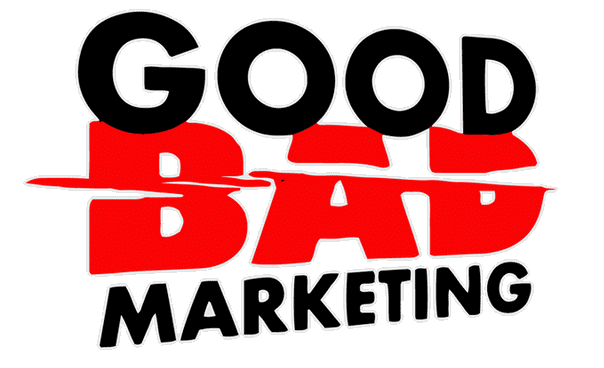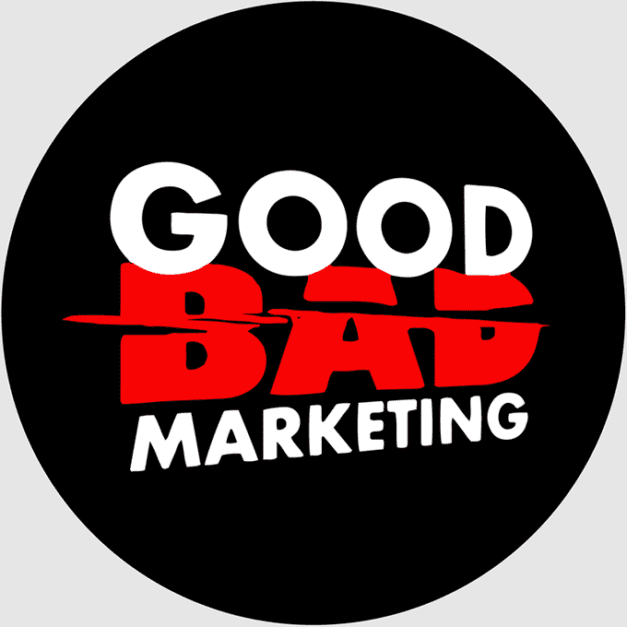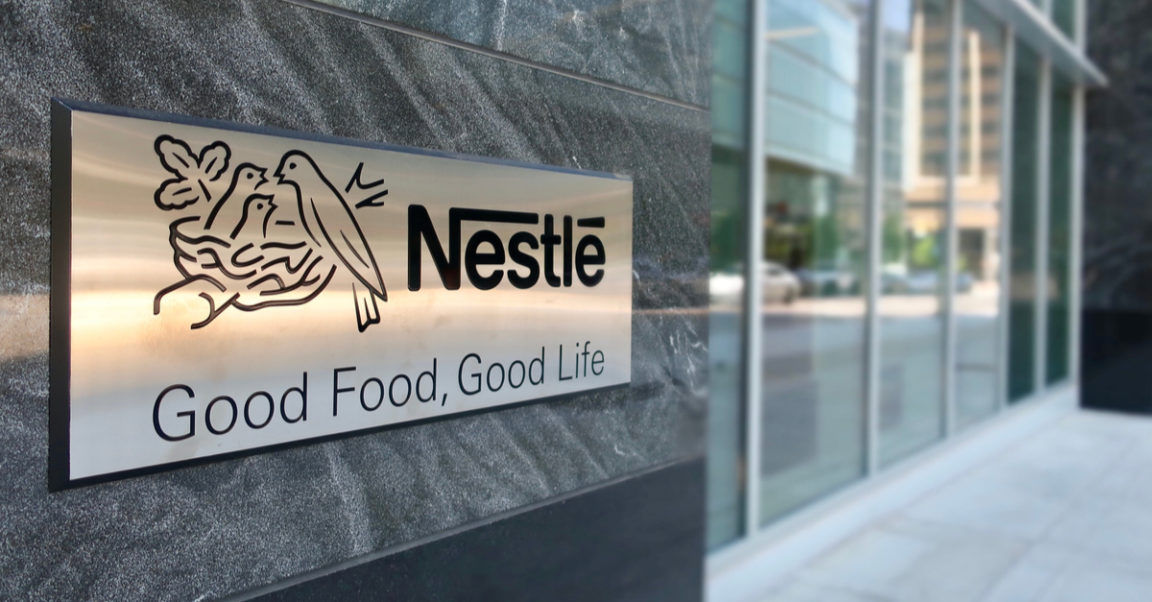Now is a time when the need for sustainability is becoming increasingly more urgent. Leading nutrition, health and wellness companies have a responsibility to ensure that their products create as minimal an impact on the environment and the quality of life of future generations as possible. Being the leading producers of bottled water, Nestlé has a responsibility of finding the most sustainable ways to do business. Here is a list of ways that Nestlé are committed to environmental sustainability.
1. Using materials from sustainably managed renewable resources
Nestlé looks at certain criteria in selecting what materials are used in the production of their packaging. This includes: its carbon footprint, non-renewable energy use and solid waste generation. Nestlé and Danimer Scientific partnered up in January 2019 to develop biodegradable bottles in response to the issue of plastic waste, which they believe to be one of the biggest sustainability problems that the world is facing. By 2025, Nestlé aims to be using 100% recyclable or reusable material for their packaging, such as paper.
Nestlé Thailand is in the developmental stages of a paper flow wrap intended for its Extreme Nama brand of ice cream.
In 2018, Nestlé Waters manufactured a 700ml bottle out of 100% recycled plastic in the US called the rPET. The plastic content of 500ml bottles were also reduced by over 60%. Over time Nestlé has reduced the weight of their packaging by 500 million kgs since 1991. They set a goal of dropping the use of at least 140,000 tonnes of packaging from 2015 to 2020.
Plastic free wrapping was introduced for the Yes! snack bar brand. It was designed using coated paper that is recyclable in the UK and mainland Europe. Nestlé has the same plans for plastic free packaging for Milo, Nesquik and Smarties brands by the end of 2019.
2. Launching a recycling app
To help guide the Singapore public on how to recycle, Nestlé launched an eco-friendly app called 123recycle, supported by the National Environment Agency and Singapore Environment Council. It allowed users to scan the barcode of a Nestlé product and receive precise instructions on how to recycle all its parts. Non-Nestlé products could be scanned too however the instructions given would be less detailed.
3. Nespresso Pod Recycling Programs
Another intuitive Nestlé provides is collection points where people can drop off their used coffee capsules so that they can be recycled. This can also be done through Australia Post using an Australia Post recycling satchel. The Pod Recycling Program encourages workplaces to compile the used coffee capsules that accumulate around the coffee machine and send them off to a collection point in bulk. There are also collection points at some florists, garden supply stores and Nespresso retail stores.
4. Protecting the water
Striving for wider access to clean water and sanitation, Nestlé commits to holding 20 factories to the standard of the Alliance for Water Stewardship (the leading global certification for water quality) by 2020. Four factories have already been certified: one in Pakistan and three in California. Nestlé protects water in four key areas: their factories, watersheds, agricultural apply chain and communities.
5. Signing up to worldwide plastic pledges
Nestlé is a member of the European Federation of Bottled Waters and supports its four pledges to sharply reduce plastic waste. Other alliances with interest in promoting recycling include the CITEO Campaign, Closed Loop Fund, Keep America Beautiful and How2Recycle.
Nestlé recently joined forces with Project STOP to help create an intuitive to stop plastic pollution from entering waterways throughout South-East Asia. Project STOP pledges to prevent the estimated 12 million tonnes of plastic from polluting the water every year.




